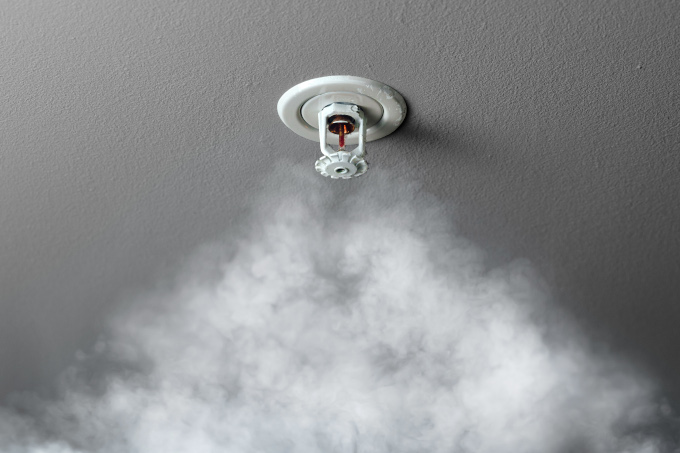
In our last blog on the recent tower block blaze in Lewisham, which occurred on the anniversary of Grenfell, we mentioned news of the ‘stay put’ policy used on the night of the Grenfell fire. There has been much criticism in the media about this policy and its appropriate use during the Grenfell fire is currently under investigation by the Metropolitan police.
Survivors of the tragic Grenfell blaze continue to question the fact that they were told to stay put for a considerable length of time whilst the fire was spreading.
As reported in The Independent “Paulos Tekle, whose son Isaac Paulos died, told the Grenfell Tower inquiry he was plagued with guilt over listening to the authorities instead of fleeing the building as his neighbours begged him to get out.
“A report by Dr Barbara Lane found the “stay put” advice to residents had failed less than 40 minutes after the outbreak of the fire, and there was “an early need for a total evacuation.”
“A second report, by Professor José Torero, another fire engineer, found that LFB’s “stay put” advice was appropriate only in the first phase of the fire, before the external cladding panels caught alight.”
The stay-put policy is being called into question. But, surely it is the building regulations and enforcement of those rules that compromised what should have been the right thing to do.
One London firefighter, Tony Sullivan, who attended the Grenfell fire as part of a relief crew in its later stages, has spoken out about the stay-put policy to bust the growing myths. He says, “the “stay put” policy is the only thing that can work routinely in a residential high-rise building.”
High-rise buildings are designed (Grenfell was an anomaly because of the cladding) to contain fire in individual flats and for stairways to remain free from smoke and heat. For this to work, all doors should be fire doors and should remain closed in the event of fire. Door seals and closers also need to be in working order.
Sullivan explains that if everyone were to evacuate the building at the same time it would not only compromise the fire safety of the building, it would cause mayhem and havoc in the stairwells with the likely outcome of crush injuries. The opening of all doors would also create a chimney-like effect, spreading fire, rather than containing it.
People ask why there were no communal fire alarms or fire drills at Grenfell, but Sullivan reminds us of the guidance on such. Communal alarms in high-rise buildings aren’t allowed because the only evacuees should be the people in the flat where the fire starts and where it SHOULD be contained.
Individual flats should each have their own fire alarm and local authority guidance on fire safety states that ‘in blocks of flats, each flat is designed to be a fire-resisting ‘box’. The local authority guidance elaborates, ‘most blocks of flats are designed on the ‘stay put’ principle.’ And ‘provided there is effective compartmentalisation and means of escape, ‘general needs’ blocks of flats will not normally require a communal fire alarm system.
‘Communal fire alarm systems should not be installed unless it can be demonstrated that there is no other practicable way of ensuring an adequate level of safety. If such a system is provided, it must be possible to manage it. ‘
So, what went wrong at Grenfell? Why did the fire safety procedures fail?
Firstly, the rapid spread of fire was unpredictable. By the time it was realised the fire couldn’t be contained, the temperature in the upper floors may well have been above 1000 degrees. Sullivan points out ‘when the lobbies, corridors and several flights of stairs are filled with thick black smoke, then how can you advise people to “make a run for it”?
In the case of Grenfell, there was also no means for firefighters to communicate with residents.
Firefighters followed normal high-rise fire safety procedures to fight the fire at Grenfell. In high-rise fires a safe space for crew is set up 2 floors below the fire. Then firefighters wearing breathing apparatus use a dry riser outlet (a pipe which is permanently connected to the building) to attach their hose to.
A back-up crew then use the outlet on the fire floor to supply a second hose. That is the procedure to attack the initial fire in the first flat. That’s what was attempted at Grenfell.
Sullivan calls out the bravery of the firefighters working on that fateful night; many broke safety procedures to get people out (they rescued 65 people in total).
The stay-put policy for fire safety in tower blocks relies on building regulations to ensure the structural integrity of the building.
It’s not the stay-put policy or the firefighters who are to blame for this tragedy. It is a systemic problem to do with building regulations, fire safety legislation, testing of materials, maintenance of blocks and enforcement agencies. It is the neglect of several governments over many years.
Filed under: News